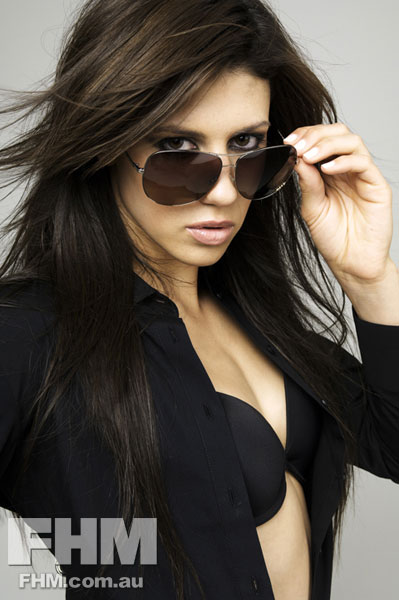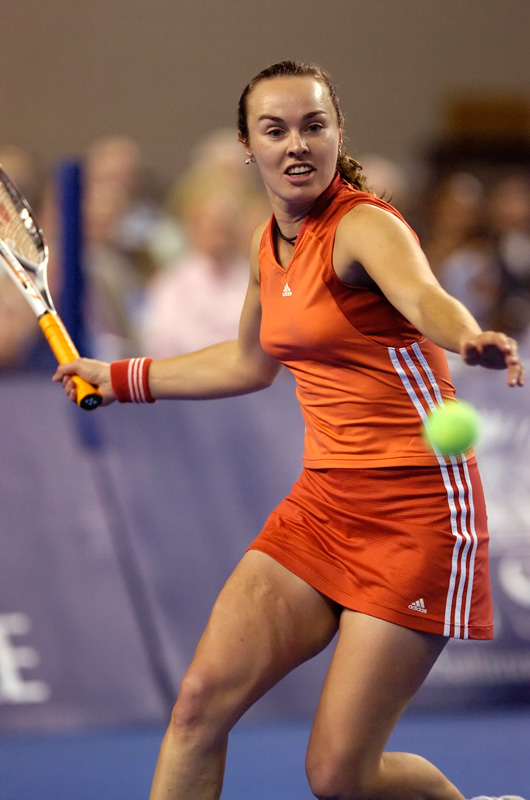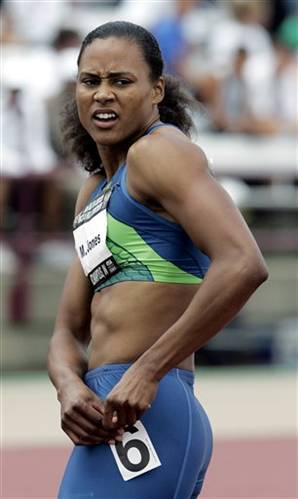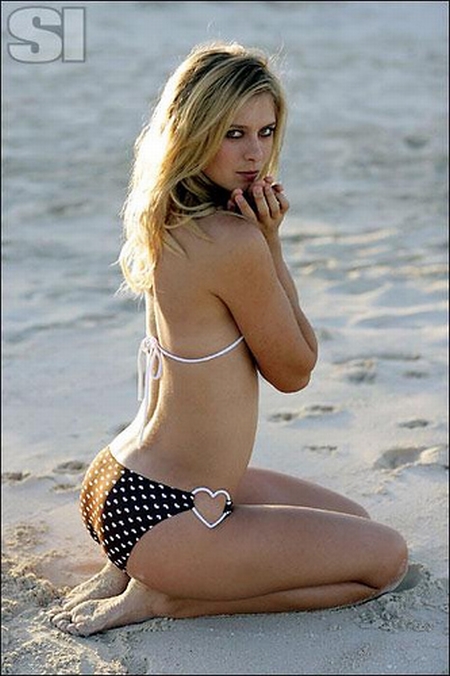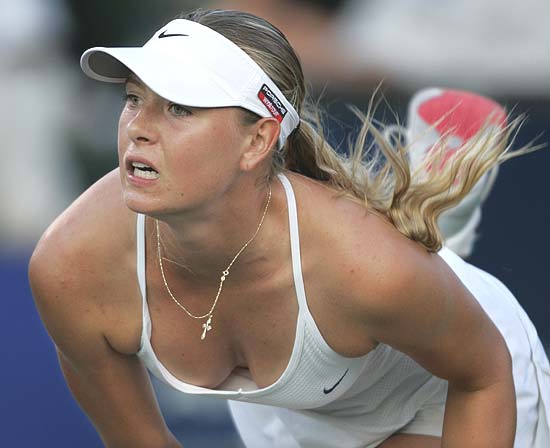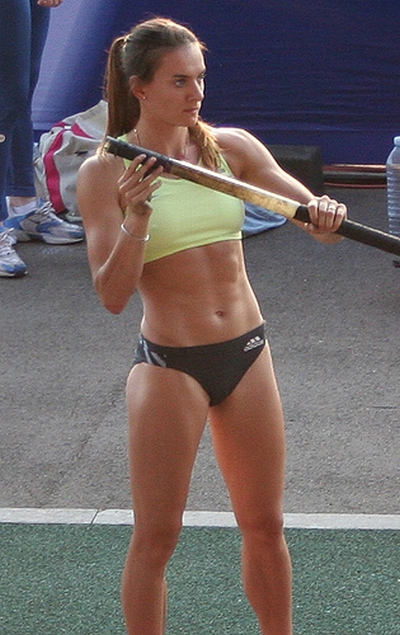 Wayne Gretzky King
Wayne Gretzky King Wayne Gretzky Photo
Wayne Gretzky Photo Wayne Gretzky & Janet Jones
Wayne Gretzky & Janet Jones Wayne Gretzky 2010
Wayne Gretzky 2010 Wayne Gretzky Pics
Wayne Gretzky Pics Wayne Gretzky Image
Wayne Gretzky Image Wayne Gretzky stanley Cup
Wayne Gretzky stanley Cup Wayne Gretzky Pictures
Wayne Gretzky PicturesThis is your life, Wayne Gretzky.
The 48-year-old was sitting with his wife and one of their young sons in a small theater at the Paley Center in Beverly Hills. Both of the boys looked fidgety.
On screen was the U.S. premier of "Kings Ransom," a documentary scheduled to air on ESPN next week as part of a series celebrating the network's 30th anniversary. Future releases include a look at the relationship between the NFL's Raiders and gangster rap culture, directed by Ice Cube. But few chapters in the history of sport could rival Gretzky's NHL trade from Edmonton to Los Angeles in 1988, which was happening in slow motion replay right before the legend's eyes. He laughed, he cried ... or at least he seemed to sniffle when he started to speak after the film.
"If I had to do it all over again, I would tell Peter [Pocklington] again, 'trade me,'" reflected the Great One during his candid talk.
Right now, somebody in Canada is punching their computer screen.
The hockey enforcer inside some Oilers fans might prefer to come after Pocklington, who owned the team during the famous transaction. Or perhaps they want a piece of Bruce McNall, who owned the Kings and essentially bought Gretzky for a European-soccer-style transfer fee of $15 million (U.S.). Both of them, each still friends with their former player, were at the screening and spoke to the crowd.
"It really brought a tear to my eye," admitted Pocklington. "It's been a very emotional evening for me because it was twenty years of my life."
There was a third possible culprit in the room. But it turns out Mrs. Gretzky may not have deserved that Canadian chorus of "Damnit, Janet."
wayne-gretzky-janet-jones.jpg
Ice hockey star Wayne Gretzky was all smiles after his marriage to actress Janet Jones in 1988, less than a month before being traded from Edmonton to Los Angeles. AP photo.
Janet Jones had found success as an actress in Hollywood before her July 1988 wedding to hockey royalty. When Gretzky landed in LaLaLand less than a month later, it was easy to suspect her influence. Newspaper headlines compared her to Yoko Ono.
But Gretzky knew he was shipping out of Edmonton well before the trade, which he helped orchestrate after he realized that a new real estate agent was unavoidable. "I only want to go to two places," he told Pocklington. "LA or Detroit," the latter being just a three-hour drive from his hometown of Brantford, Ontario.
His dad pushed for Detroit. Surprisingly, so did his wife. "It's a hockey city," she reminded her husband. It's technically called Hockeytown, but they'll probably forgive her considering she tried to give the city its biggest bailout this side of Washington, D.C.
In many ways it came down to money, which McNall collected -- literally. A trader in rare coins, he amassed a fortune before adding the Kings, then Gretzky, to his collection. With Edmonton unable to afford the star's market value, they knew he would be gone when his contract expired the following summer. They never entirely lost Gretzky, they just lost him for the one year.
The Oilers sent two additional players to Los Angeles. In exchange, they got $15 million, two players, and three future first-round draft picks. It's probably sacrilegious to suggest this north of the border, but they may have missed a chance to win the Stanley Cup with Gretzky in 1988-89 -- only to make up for it with one in 1989-90.
The greatest player of all time would never hoist the trophy again.
"When I was in Edmonton, Peter [Pocklington] always made me feel like a million dollars," said Gretzky, now worth quite a bit more than that. "He was always my best friend. He was always a shoulder I could lean on. When I got traded, I was probably more mad at Peter than I was at anybody in the world. Now that I got into the management side of things and into coaching, I understood where he came from ... hopefully one day people will understand that he really thought he was doing the best thing for the City of Edmonton and for the Edmonton Oilers."
Gretzky may publicly defend the trade now, but he also understood the move twenty one years ago. Just before his teary announcement in Canada, the owners gave him one final chance to back out.
Soon after, the Kings held their own news conference, thinly veiled as the unveiling of their new uniforms.
"The players looked like bananas on ice," deadpanned McNall.
Nobody was fooled. Gretzky didn't just model the new black-and-silver look when he came out, he spruced up the entire Fabulous Forum -- by filling it with bodies.
Peter Berg, who directed "Kings Ransom," had been a Kings fan before Gretzky arrived and remembered paying $5 for a ticket, then moving down to the glass before the second period. Suddenly, those seats were filled by the likes of President Ronald Reagan.
"I was punching Michael J. Fox to get into the locker room," Berg laughed. "John Candy was throwing Kevin Costner around. It was crazy."
The documentary, lasting about 50 minutes, is very well done. It can be difficult to tell a story when everybody knows the ending. Berg captured a range of emotions from anger (burning and lynching of Gretzky and Pocklington effigies) to glee (look for a blissfully smug still shot of McNall) using vintage footage and some snazzy cinematography.
Gretzky's place in hockey's history books may already be unassailable, but there could be more chapters to write. Last month he gave up a job as head coach of the troubled Phoenix Coyotes, of which he is also part owner.
"I think that one of the most asinine things facing the NHL is the thought of an NHL without Wayne Gretzky coaching a team or somehow being involved," lamented one of the panelists. The entire audience clapped, including the Great One -- who still lives in the LA area.
Kings play-by-play man Bob Miller followed by announcing that General Manager "Dean Lombardi has made an overture to Wayne: 'You come back with the Kings, you can help us.'" Lombardi has acknowledged as much publicly. Few know what that could really entail. Miller, speaking afterward as an observer, pointed out the obvious; It would probably be on Gretzky's terms, though the team would want him doing "more than shaking hands and kissing babies."





